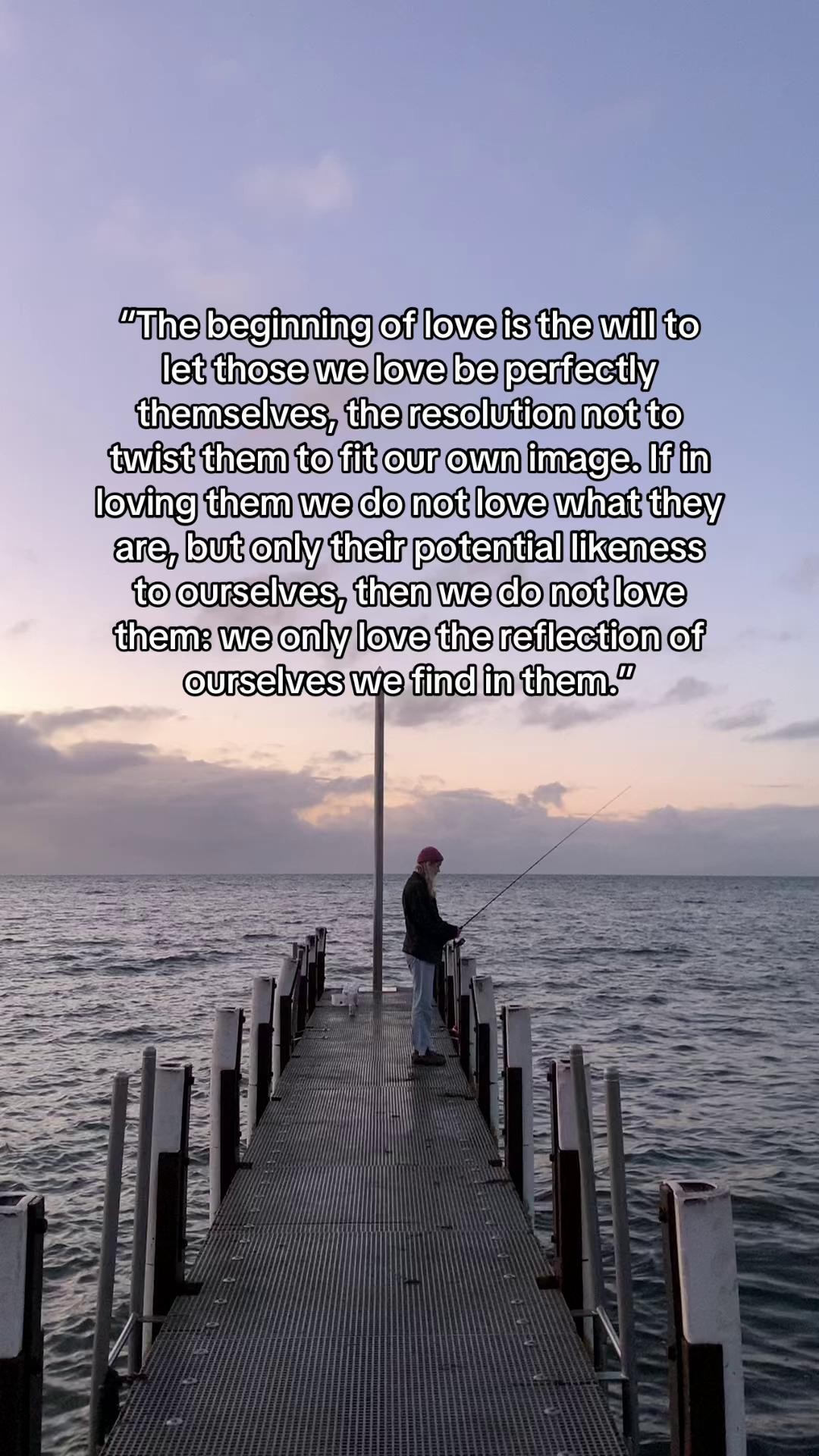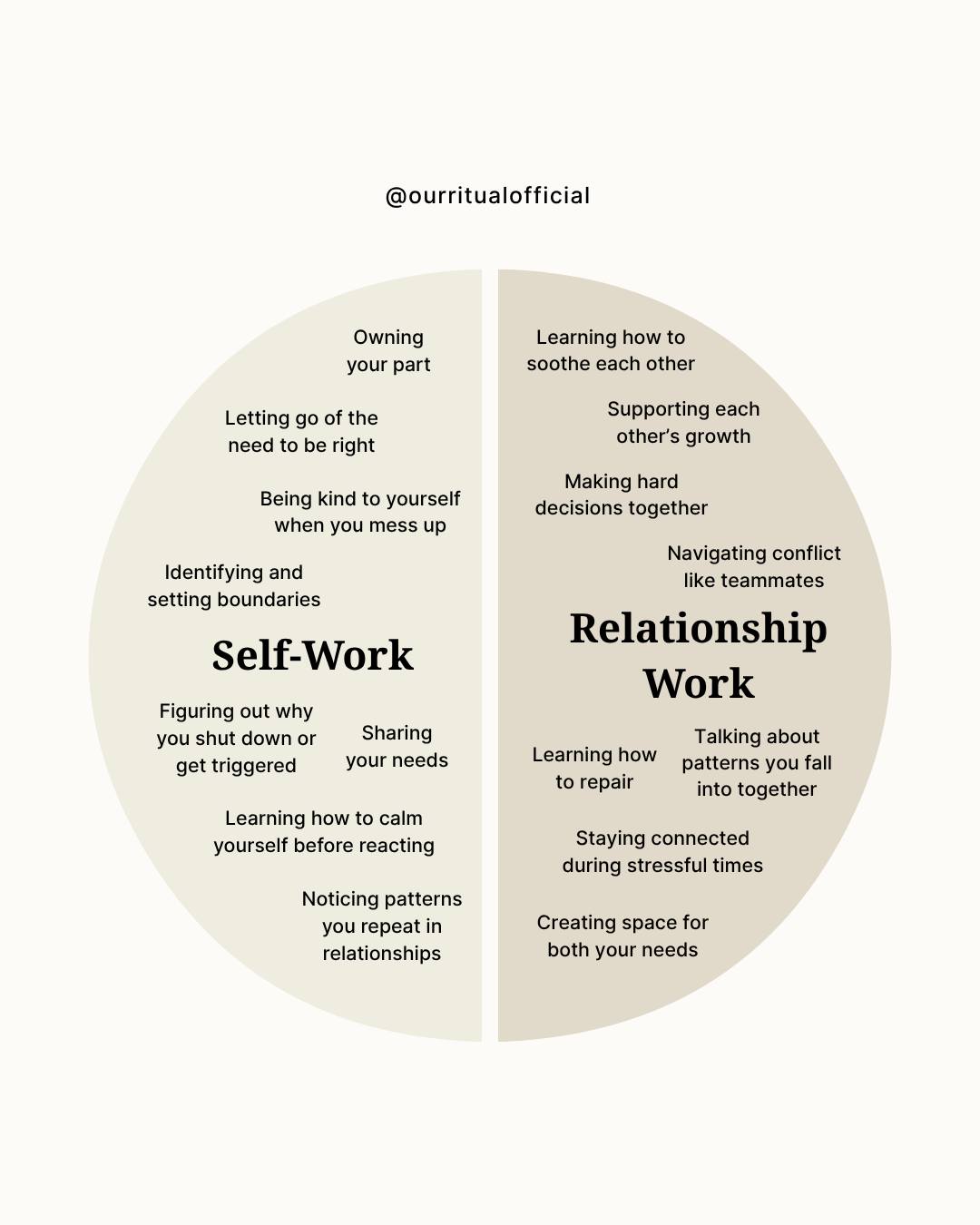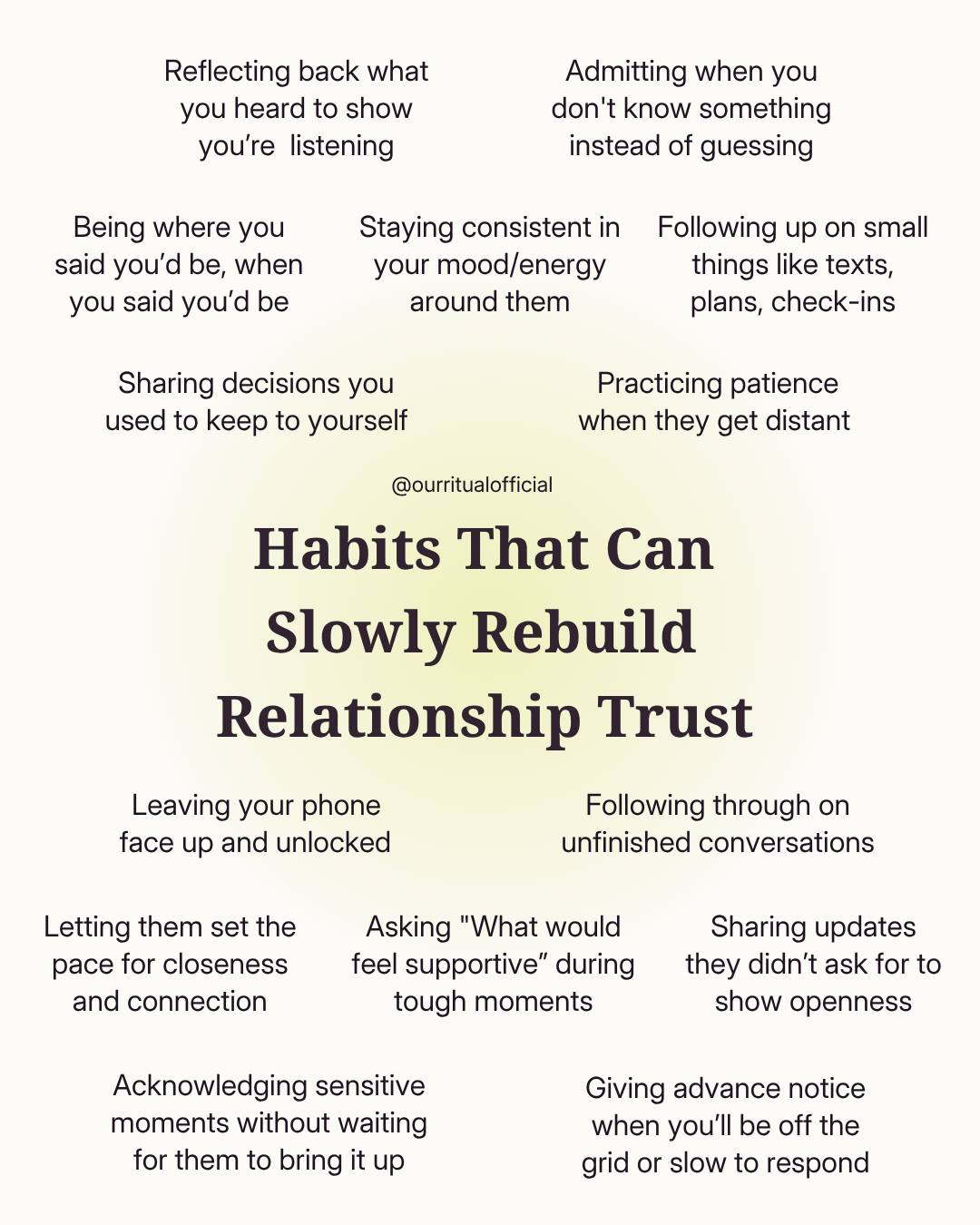Managing Expectations in Long-Distance Relationships
Managing expectations is the backbone of any long-distance relationship. Without clear communication and planning, misunderstandings can snowball into conflicts. Here’s what you need to know:
- Why expectations matter: They build trust and intimacy, even without physical proximity.
- Common challenges: Time zones, communication styles, and unclear boundaries often lead to frustration. Addressing these early prevents strain.
- Solutions: Openly discuss needs, use tools like shared calendars or messaging apps, and carve out intentional time to stay emotionally in sync. Platforms like OurRitual offer expert-led support to tackle deeper issues.
Long-distance relationships thrive when both partners commit to clear conversations, shared goals, and consistent effort. With the right tools and mindset, distance doesn’t have to weaken your connection.
Common Problems with Expectations in Long-Distance Relationships
Even the strongest couples can face challenges when expectations clash in a long-distance relationship. Many of these issues arise from assumptions that might work well when partners are close by but become problematic when distance is involved. Spotting these potential pitfalls early can help couples tackle problems before they grow. Here’s a closer look at some of the most common hurdles.
Different Communication Styles
Understanding how each partner communicates is key to managing expectations. What feels natural for one person might leave the other feeling ignored or overwhelmed, especially when most conversations happen digitally.
These differences often lead to more than just inconvenience - they can create misunderstandings and conflicts. For instance, one partner might see brief messages as a lack of interest, while the other could find long, detailed responses too intense.
Digital communication, whether through texts or video calls, often lacks the subtle cues that help convey emotions. Without these cues, it’s easy for partners to misinterpret each other’s feelings. But just because communication styles might be different, it doesn’t mean one is wrong.
The goal is to find a balance that works for both partners. When couples take the time to understand each other’s preferences, they can avoid many of these missteps and create a smoother flow of communication.
Unclear or Unrealistic Expectations
Unspoken assumptions about how the relationship should function can lead to unmet expectations and disappointment. Without openly discussing their needs and hopes, couples might unknowingly set themselves up for frustration.
Travel plans are a classic example. One person might expect monthly visits, while the other assumes quarterly trips are enough. Without clear agreements, this mismatch can breed resentment.
Future planning is another tricky area. Questions like “When will the distance end?” or “Who will move, and what sacrifices are we willing to make?” need honest, upfront conversations.
Emotional availability is yet another point of contention. Some people expect instant responses, while others understand that work, family, or other obligations can take priority. Without setting boundaries, one partner may feel neglected while the other feels overwhelmed.
Time Zone and Lifestyle Barriers
External factors, like time zones and lifestyle differences, can make managing expectations even harder. When one partner’s evening overlaps with the other’s early morning work hours, scheduling calls or video chats can quickly turn into a logistical headache.
Work schedules add another layer of complexity. The partner with more flexibility might feel like they’re constantly adjusting, while the other could carry guilt for not being available. Even small delays - like a missed call or a late reply - can feel more significant when you’re far apart.
Making small adjustments, such as finding overlapping free time, setting regular call schedules, or leaving thoughtful messages, can help bridge the gap created by time zones and busy routines. But if expectations around communication aren’t aligned, those same barriers can still lead to dissatisfaction and insecurity.
It’s important to remember that these challenges don’t mean the relationship is failing. They’re common struggles that can often be managed with patience, understanding, and a bit of creativity. Long-distance relationships thrive when couples create communication habits that maintain emotional closeness—even if those habits look different from couples who live in the same place. With the right approach, these obstacles become much more manageable.
How to Set and Manage Expectations
Managing expectations in a long-distance relationship takes effort, but it’s also an opportunity to strengthen your bond. It all starts with clear communication, being intentional, and staying flexible as circumstances evolve.
Create Regular, Open Communication
Keeping the emotional connection alive means more than just touching base daily - it’s about having meaningful conversations about what you both need and expect from the relationship.
Early on, talk about how you prefer to communicate. Do you enjoy long phone calls, or does texting throughout the day feel more natural? Find a rhythm that works for both of you, like scheduling daily calls at a time that fits your time zones. This consistency helps reduce the uncertainty of when you’ll next connect.
Be upfront about your communication needs - whether it’s a morning text, a quick check-in, or a longer call. Once you’ve agreed on a rhythm, use tools to help keep things organized and reliable.
Use Tools to Plan and Schedule Contact
Technology can make managing expectations much easier, especially when juggling time zones and busy schedules. A shared calendar can make it easier to keep track of each other’s availability and plan ahead, helping you avoid frustration when one of you can’t respond right away. From there, you can schedule regular video calls and set reminders for thoughtful check-ins. These small steps help create a sense of reliability and make it easier for both partners to feel connected.
In addition to daily updates, make time for deeper conversations about your goals, concerns, and plans for the future. While it’s important to be intentional about this time, it also helps to leave room for spontaneity — like watching a movie online together, playing a game, or brainstorming ideas for your next visit. This mix of planning and flexibility creates a sense of stability and helps you stay on the same page.
Review and Adjust Expectations
Life changes, and so will your relationship. That’s why it’s important to review and adjust expectations regularly. Set aside time each month to reflect together on what’s working and where you might need to adjust. These conversations should be safe spaces to share concerns without blame, focusing instead on how to support each other better.
For example, if you initially planned to visit each other every month but work schedules make that impossible, you might decide on longer but less frequent visits instead. Flexibility is crucial - what works during one season of life might not work during another. Being adaptable shows your commitment to making the relationship thrive, no matter the challenges.
Ultimately, setting and managing expectations is about finding a balance that works for both of you. Honest conversations, shared goals, and small adjustments can go a long way in building trust and preventing misunderstandings.
Tracking Progress and Reassessing Goals
Keeping a long-distance relationship thriving means staying attentive and adapting as circumstances change. Regularly tracking progress and reassessing goals can help ensure the relationship remains healthy and fulfilling. Without these efforts, couples might slip into routines that no longer strengthen their bond. By creating structured ways to monitor your connection, you can make adjustments as needed and keep the relationship on track.
Regular Check-Ins
Monthly and Weekly Reviews
Set aside time for monthly reviews to evaluate the overall health of your relationship, and hold shorter weekly check-ins to address immediate concerns, like scheduling or communication. These moments of reflection should focus on what matters most - whether it’s improving the quality of your conversations, planning visits, or managing personal changes that affect your partnership.
Warning Signs to Watch For
Be mindful of signs that something might be off. If communication starts to feel like a chore, if the relationship brings more stress than joy, or if effort from either side diminishes, it’s time to address these issues.
Creating Accountability
Keep your relationship goals and check-in dates visible to both partners. This can serve as a reminder of your mutual commitment and help you stay on the same page.
Celebrating Milestones and Planning Ahead
Recognizing Relationship Achievements
Celebrating milestones, both big and small, can keep you motivated and engaged, especially during tough times. Whether it’s a career win or a meaningful virtual date, acknowledging these moments can boost morale.
Planning Physical Reunions
These reunions are a cornerstone of long-distance relationship success. After each visit, take a moment to reflect on what worked well and what could be improved for next time. From there, adjust your travel dates to avoid stressful periods and plan activities you both genuinely enjoy.
Setting Future Goals Together
Discussing and setting goals ensures both partners share a realistic vision for the future. Short-term goals could include reading the same book or starting a new TV show together. Long-term goals might involve bigger plans, such as moving to the same city, aligning career paths, traveling, buying a home, or even starting a family. These shared objectives act as a roadmap, keeping you aligned and motivated.
Financial Planning for Your Future
Money can be a sensitive topic, but discussing shared expenses, savings goals, and potential financial challenges early on is crucial. Conversations about who will cover moving costs or how to handle the transition can prevent misunderstandings and reinforce your commitment. Aligning your financial plans builds trust and helps both partners feel secure in the relationship.
Using Platforms Like OurRitual

Beyond personal strategies, platforms like OurRitual can provide structured support to help navigate the complexities of long-distance relationships. Designed for couples separated by school, work, military service, or other circumstances, OurRitual offers weekly expert-led virtual sessions paired with personalized digital exercises.
The platform’s flexibility is a major draw. Couples can attend sessions together or separately, depending on their schedules.
Plans start at $32 per week for individuals and $52 per week for couples, with the option to adjust as your needs change. Whether you’re tackling communication issues, rebuilding trust, or simply looking for guidance, OurRitual offers tools to help couples strengthen their connection and navigate the ups and downs of long-distance relationships.
Conclusion: Building Stronger Connections Across Distance
Long-distance relationships aren’t easy. Clear expectations and the right tools can help couples build a connection that’s just as strong - and sometimes even stronger - than if they lived in the same place.
Couples who thrive in long-distance relationships understand that expectations need to shift as life changes. Ongoing conversations, whether light-hearted or serious, help couples stay connected and minimize misunderstandings. This lays the groundwork for a stronger connection.
At the heart of every successful long-distance relationship is solid communication. While juggling time zones, busy schedules, and differing communication styles can be tough, couples who establish consistent habits and mix up their methods - like video calls, texts, and voice notes - are often better equipped to handle these hurdles. Technology plays a big role in reinforcing these efforts, making it easier than ever to stay in sync.
OurRitual provides weekly expert-led virtual sessions and tailored exercises to help couples improve communication and trust - perfect for tackling the unique challenges of being apart.
Celebrating progress is another key to staying connected. Marking milestones, whether it’s an anniversary or simply surviving a tough week, fosters emotional closeness and creates shared memories. These moments of celebration can make the distance feel less overwhelming.
Ultimately, clear expectations, open communication, and smart use of technology can turn long-distance challenges into opportunities for growth. These relationships don’t just survive - they thrive. Couples who approach the distance with patience, creativity, and commitment often discover that it strengthens their connection, deepens their communication, and builds a foundation that serves them well, no matter where they are.
FAQs
How can couples navigate different communication styles in a long-distance relationship?
Managing communication in a long-distance relationship begins with understanding and respecting each other's preferences - whether that's texting, calling, or video chatting. Take the time to talk about what feels right for both of you and create routines that fit naturally into your lives.
Being adaptable is essential. Stay open to changing your approach when needed, and focus on listening actively and responding thoughtfully. This can help reduce misunderstandings and deepen your emotional connection. When you make clear and empathetic communication a priority, you build trust and strengthen your bond, no matter the miles between you.
If you’re looking for extra guidance, platforms like OurRitual provide resources designed to enhance communication and tackle challenges specific to long-distance relationships.
How can couples in long-distance relationships manage expectations around visits and future plans?
Managing expectations in a long-distance relationship begins with clear and open communication. Take time to discuss how often you’d like to see each other and work together to create a plan that fits both your schedules and budgets. Whether visits happen monthly, quarterly, or as circumstances permit, having a plan in place can ease uncertainty and give you both something to look forward to.
When thinking about the future, it’s crucial to talk about long-term goals, like potential living arrangements or career plans, to ensure you’re on the same page. These conversations shouldn’t be a one-time thing - revisit them regularly since life circumstances and priorities can shift over time. Staying transparent and proactive helps build trust and keeps your shared vision for the future intact.
For extra support, platforms like OurRitual provide expert-led resources tailored to help couples improve communication and tackle challenges, including those unique to long-distance relationships.
How can OurRitual help long-distance couples stay connected and strengthen their relationship?
OurRitual helps long-distance couples strengthen their bond and tackle relationship challenges head-on. With weekly virtual sessions led by experts and personalized digital exercises rooted in research, couples can enhance communication, build trust, and work through obstacles - all in a way that fits seamlessly into their lives.
Tailored to the unique experiences of couples managing long-distance relationships, OurRitual provides a modern, accessible way to deepen emotional intimacy and understanding, no matter how far apart partners may be.













